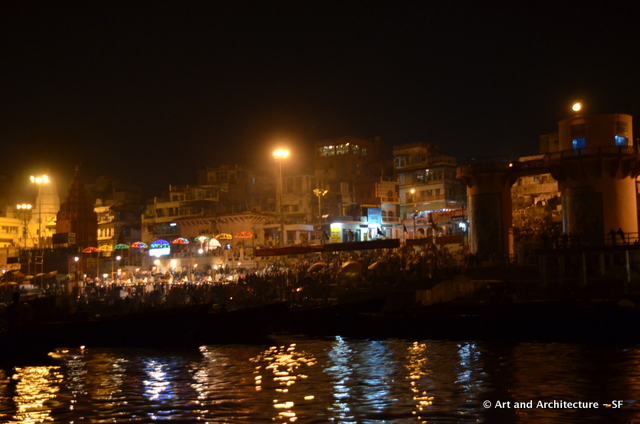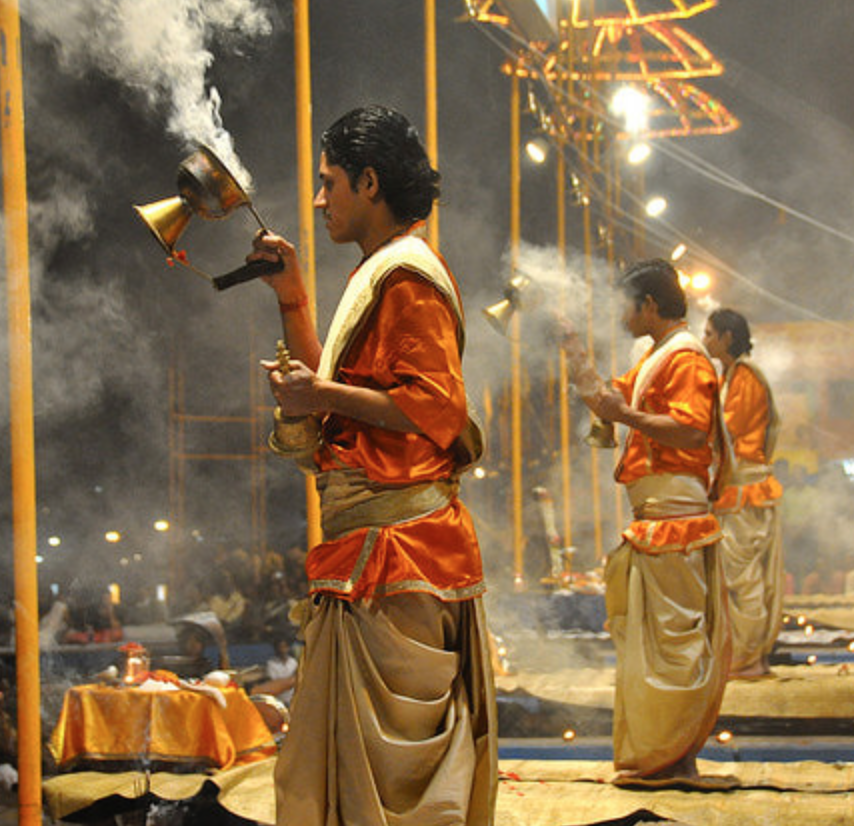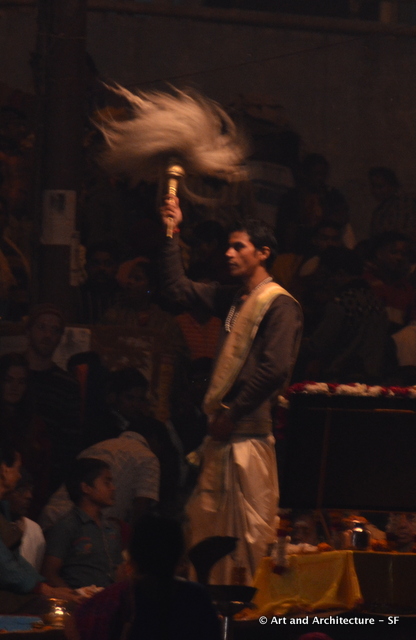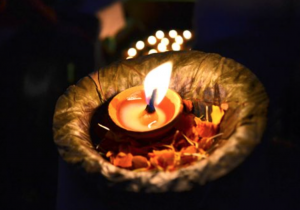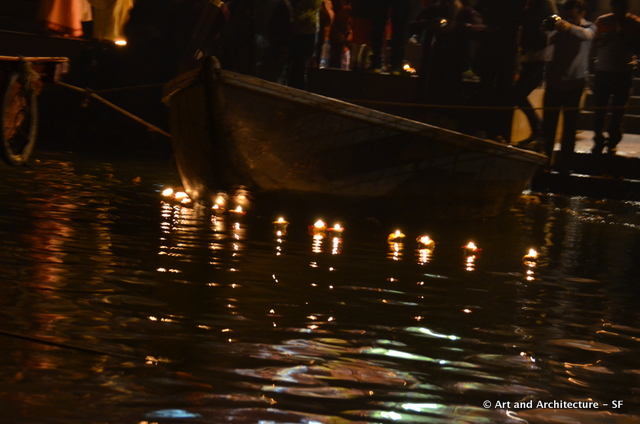“Benares is older than history, older than tradition, older even than legend, and looks twice as old as all of them put together.” Mark Twain
Varnasi, also known as Kasha (the City of Light) or Banares, is Hindu’s holiest city. It is the holiest of the seven sacred cities (Sapta Puri) in Hinduism, and Jainism. It is one of the oldest continuously inhabited cities in the world. Varanasi is also known as the favorite city of the Hindu deity Lord Shiva.
Hindus regard the Ganga (Ganges) as Amrita, the elixir of life, which brings purity to the living and salvation to the dead (Some Hindus believe that death at Varanasi brings salvation); outsiders tend to focus on all-persuasive and extreme lack of hygiene.
Varanasi is like any other Indian city when wandering within the town, it is when one delves into the life on the river that you see the religious and revered side of Varanasi.
Our first introduction to this world was at night. There are two events that make the river at night the center of the world. First is the Manikarnika Ghat, one of the oldest ghats in Varanasi. This is where funeral pyres burn day and night. The shroud wrapped bodies are placed on biers besides piles of wooden logs. According to legend,in the middle of the ghat is the well that Vishnu carved out with his discus before the Ganges flowed here. (out of respect, I took no pictures)
Farther down the river are the formal evening Aartis. These daily prayers (aarti) are done at dawn and dusk and serve as salutations to the river. This ceremony consists of fire offerings, ringing of bells, gonging of gongs and chanting sacred mantras. It is a colorful, and lively ceremony.
The formal aarti is performed on a stage by a group of young pandits, draped in saffron colored robes and puja plates* spread out before them. It begins with the blowing of a conch shell, and continues with the waving of incense sticks, feathers, peacock fans all in elaborate patterns. The movement of the various chosen items, held in the pandits’ hands, is tightly synchronizing to the rhythmic chants and clanging of cymbals.
*Puja consists of a variety of ritual offerings and prayers to be performed as mentioned in the puja vidhi (protocol of worship).
An aarti is a devotional ritual that uses fire as an offering. So while this formal ceremony is taking place, many are performing their own personal ceremony. These are usually made in the form of floating lit candles or diyas down the river during this period. The diyas, that we sent down the river, consisted of marigolds and a little votive, placed in a cup made of leaves. It was interesting that little girls ran after us at the end of the night begging for our marigold flower garlands to recycle into these offerings to sell again the next day.
It is a religious ceremony, that by now seems to be more of a chance to watch the people watch, that the spectacle of watching is of as much interest as the ceremony itself. No matter how you feel about mixing tourism with religious practices it is so much a part of India as to be a wonderful and confusing experience, like so much of this amazing country.
